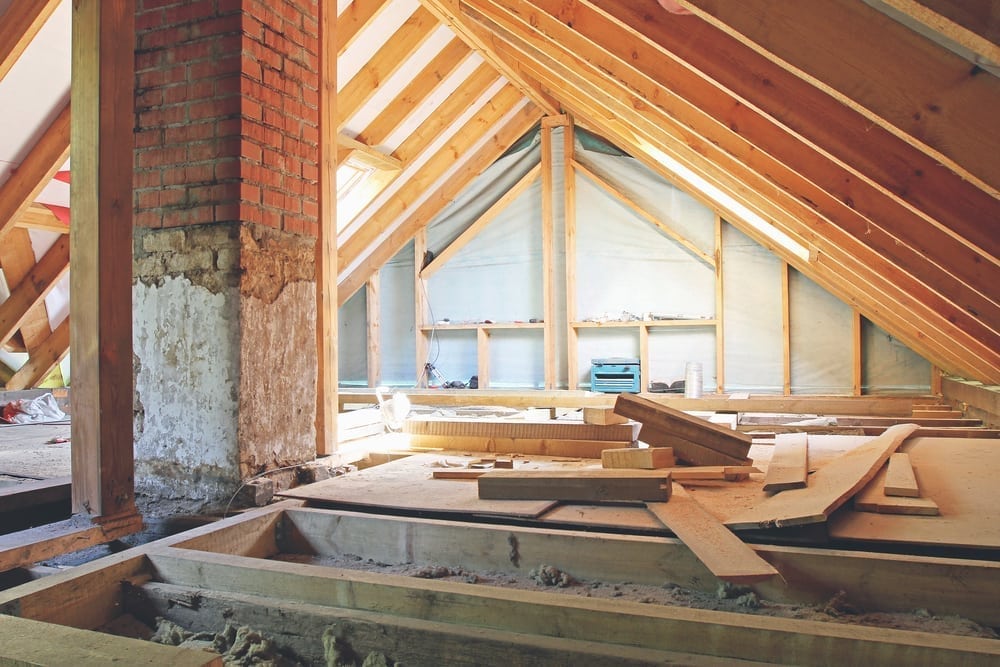Attic Water Damage Prevention Guidelines

Water and moisture in the attic can cause a lot of damage and costly repairs. Mould can grow and compromise indoor air quality, and water can weaken the structural integrity of the home. Here are tips to reduce attic water damage.
Inspecting the Attic for Leaks
The insulation and wood, especially in the area where the two roofs join at an angle, should be checked for signs of water damage, such as discoloration and mould growth. Leaks are also more common in the area around attic plumbing stacks.
Another way to detect water leaks in the attic is to inspect the recessed lights canisters. Rust, corrosion, and stains around them indicate moisture and possible electrical dangers.
Ventilating the Attic
Without proper ventilation, the moisture in the attic increases. Having good attic ventilation is especially important in winter. That’s because in winter, warm air rises to the ceiling, enters the attic, and condenses on the cold surfaces of the attic. Condensation can’t escape unless the attic has adequate ventilation.
Additionally, the attic vents – soffit, ridge, and gable-mounted vents – openings must not be blocked by something like insulation. A roof insulation specialist can provide many other ways to improve attic ventilation.
Insulating the Attic
Insulation plays an important role in controlling the temperature levels in the attic. In winter, attic temperature should be five to ten degrees warmer than the outside. Otherwise, ice dams may form on the edges of the roof, potentially causing water damage.
So, the attic floor must be properly insulated to help prevent warm air from entering the attic. In addition, the insulation of heating ducts should also be in good shape.
Well maintained attic insulation must be thick, soft, and dry. If it feels moist and looks thin and flat, it will create high moisture conditions.
Ventilating Appliances to the Outside
A common mistake in homes is improper ventilation of appliances. The dryer, kitchen, and bathroom vents should always blow the air to the outside and not in the attic. The attic ventilation may not otherwise be able to eliminate the accumulated moisture efficiently.
Maintain Attic Appliances
Another thing to note is that appliances in the attic, such as air conditioners, swamp coolers, and HVAC systems may fail and cause water damage. During an attic inspection, these appliances should be checked for wear and tear and loose connections.
As ventilation is important in the entire home, here are more home ventilation tips and how to control the humidity in homes. The PuroClean team stands ready to provide professional restoration services to any property affected by fire, water or mould damage.


